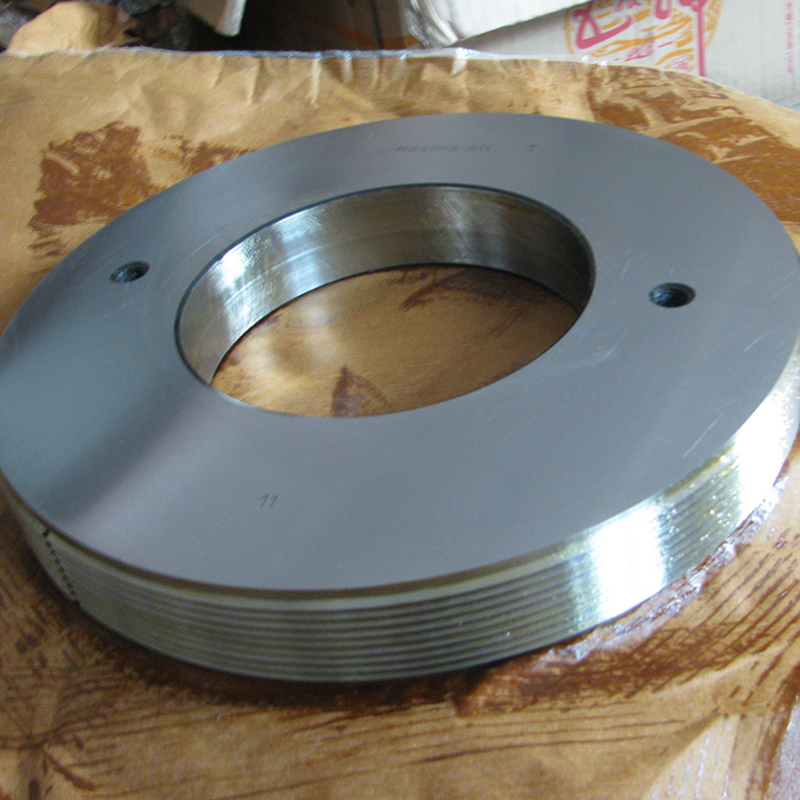ਦਸੰ. . 21, 2024 17:29 Back to list
3 way butterfly valve
Understanding the 3-Way Butterfly Valve A Comprehensive Overview
The 3-way butterfly valve is a significant component in fluid control systems used across various industries, including water treatment, chemical processing, and HVAC systems. Its design provides a unique method of regulating and directing fluid flow, making it an invaluable tool in piping systems. This article explores the structure, functioning, applications, and advantages of the 3-way butterfly valve.
Structure and Design
A 3-way butterfly valve comprises three primary components the body, the disc, and the actuator. The valve body, typically made from materials like stainless steel, plastic, or cast iron, houses the internal components and connects to the piping system. The disc, positioned centrally within the body, serves as the flow control element. It is connected to an actuator, which can be manual or automatic, responsible for rotating the disc to open or close the valve.
The valve’s design allows for three connection ports—two for flow in and one for flow out—or vice versa. This versatility enables the valve to facilitate mixing, diverging, or redirecting fluid flow. The disc's unique shape reduces resistance and allows for a swift response to changes in flow direction, making it a preferred choice for systems requiring quick operations.
Functionality
The key advantage of a 3-way butterfly valve lies in its ability to control flow through multiple paths. When the actuator rotates the disc, it alters the flow direction or allows varying levels of fluid to pass through different ports. In a mixing application, for instance, the valve can combine two different liquids, while in a diverging application, it can channel fluid to different outlets, making it highly adaptable to various requirements.
3-way butterfly valves can operate in two distinct configurations “T” pattern and “L” pattern. The “T” pattern allows for flow through all three ports simultaneously, ideal for mixing applications. Conversely, the “L” pattern directs flow between two ports and is commonly used for diverging applications. Understanding these configurations is essential for selecting the appropriate valve for specific tasks.
Applications
3 way butterfly valve

The versatility of 3-way butterfly valves makes them suitable for numerous applications. In water treatment plants, they regulate flow between various tanks and processes. The chemical industry benefits from their ability to handle corrosive substances while providing precise control over mixing different chemicals. HVAC systems utilize these valves to manage airflow in ventilation systems, ensuring efficient climate control.
Additionally, food and beverage industries use 3-way butterfly valves to control the flow of ingredients and maintain hygiene standards. Their ease of cleaning and maintenance is crucial in such applications. Other sectors, including pharmaceuticals and oil and gas, also rely on these valves for their operational efficiency.
Advantages
The advantages of 3-way butterfly valves are manifold. Firstly, their compact design enables installation in tight spaces, making them suitable for systems where size is a constraint. Secondly, their lightweight construction reduces the load on the piping system, leading to less wear and tear over time.
Furthermore, the operating mechanism of 3-way butterfly valves allows for quick actuation, enhancing system responsiveness. This rapid response is pivotal in processes that require precise flow control. The simplicity of their design also contributes to low maintenance needs, reducing operational costs in the long run.
Moreover, 3-way butterfly valves can be automated, leading to enhanced control and reduced labor costs. With advancements in technology, integrating these valves with sophisticated control systems becomes increasingly accessible, allowing for real-time monitoring and adjustments.
Conclusion
In conclusion, the 3-way butterfly valve is a crucial element in modern fluid control systems. Its ability to direct and regulate flow through multiple paths provides unmatched flexibility across industries. With benefits such as compact design, quick actuation, and low maintenance, it is no wonder that the 3-way butterfly valve has become a go-to solution for engineers and operators alike. As industries continue to evolve, the role of this versatile valve will undoubtedly expand, reinforcing its position as a staple in fluid control technology.
-
Why Metric Trapezoidal Thread is Ideal for Precision Motion ControlNewsAug.05,2025
-
The Unique Properties of a Block of Granite for Industrial UseNewsAug.05,2025
-
The Role of Flanged Y Strainers in Preventing Pipeline ClogsNewsAug.05,2025
-
The Importance of Regular Calibration for Master Ring GagesNewsAug.05,2025
-
How a Cast Iron Surface Table Enhances Accuracy in ManufacturingNewsAug.05,2025
-
Comparing Different Check Valve Types for Optimal Flow ControlNewsAug.05,2025
Related PRODUCTS









